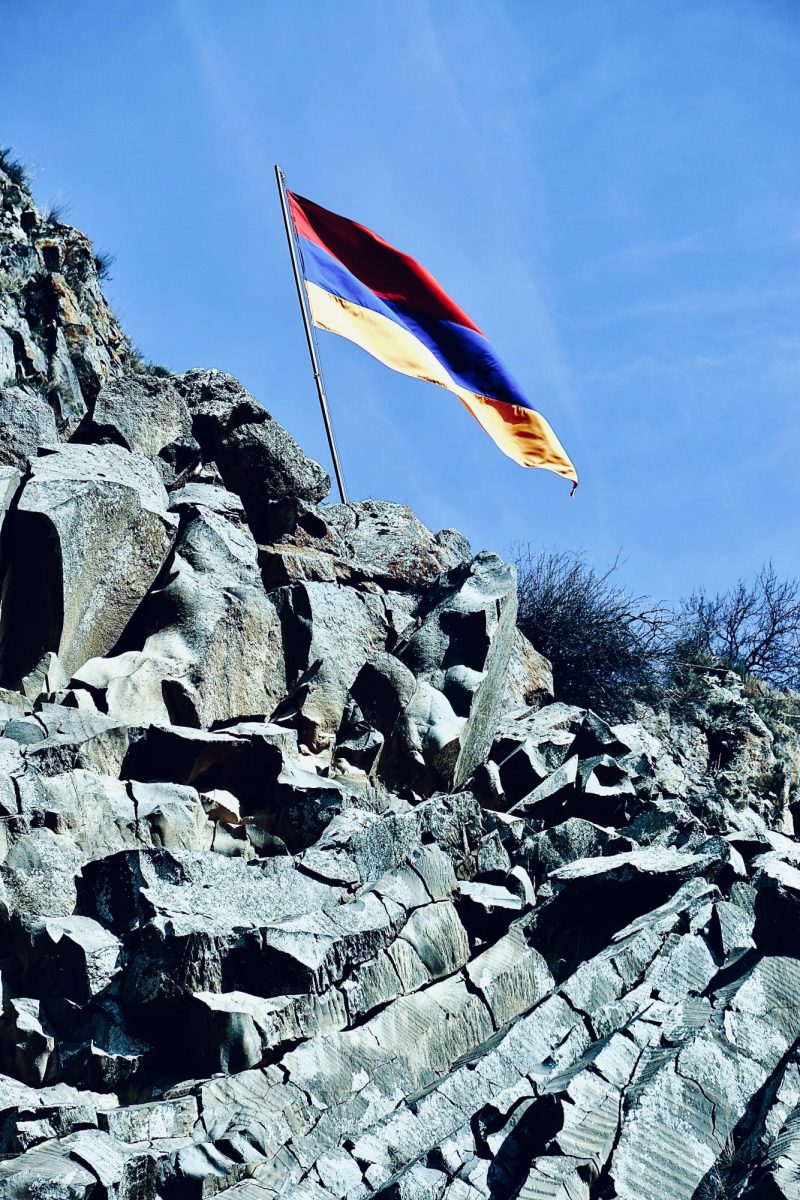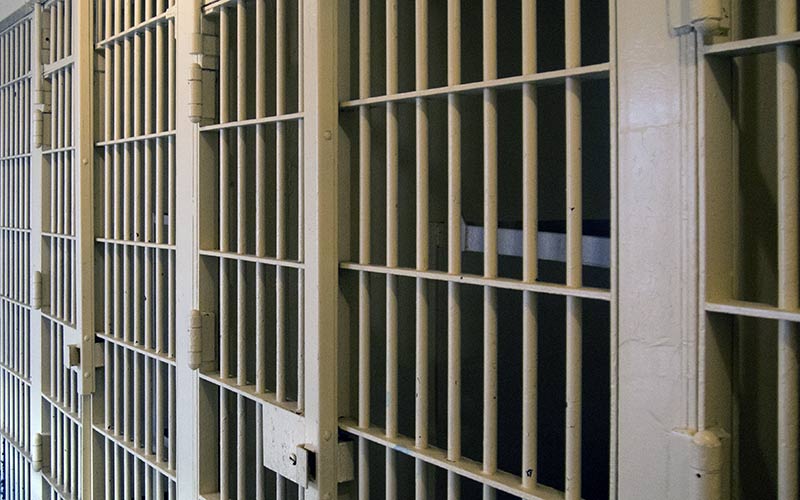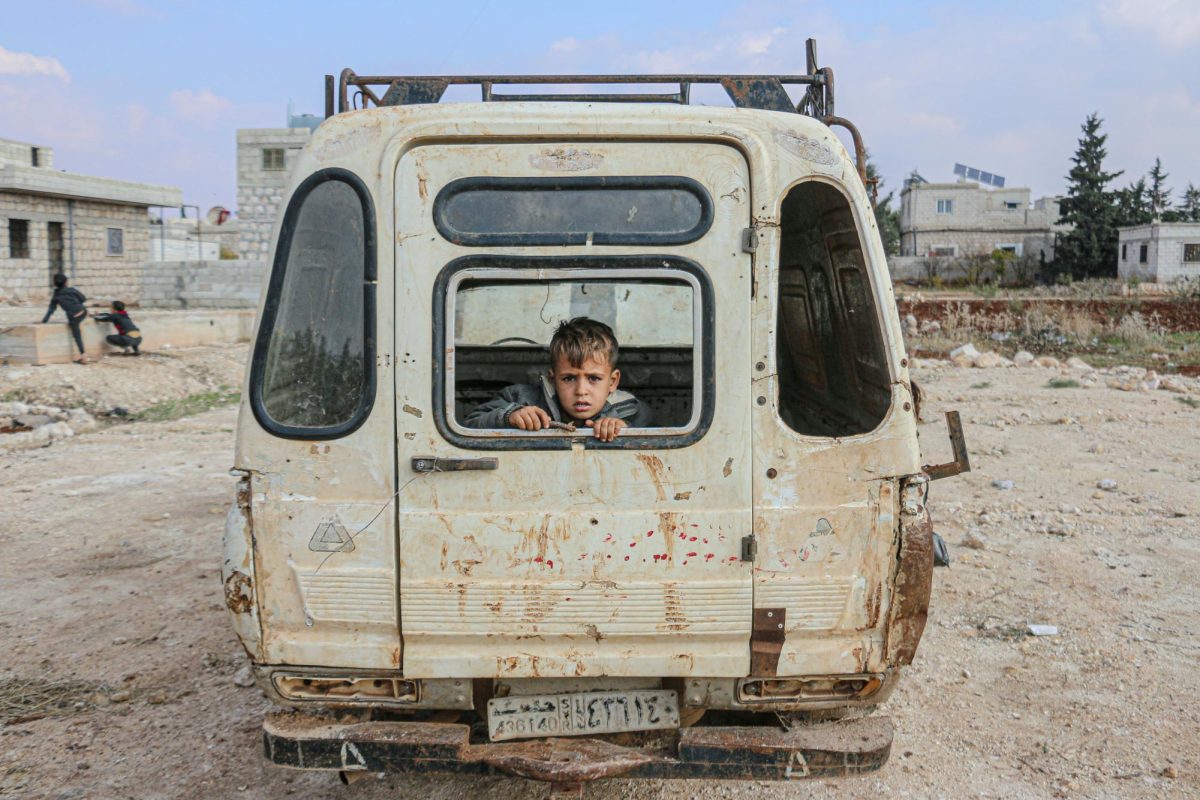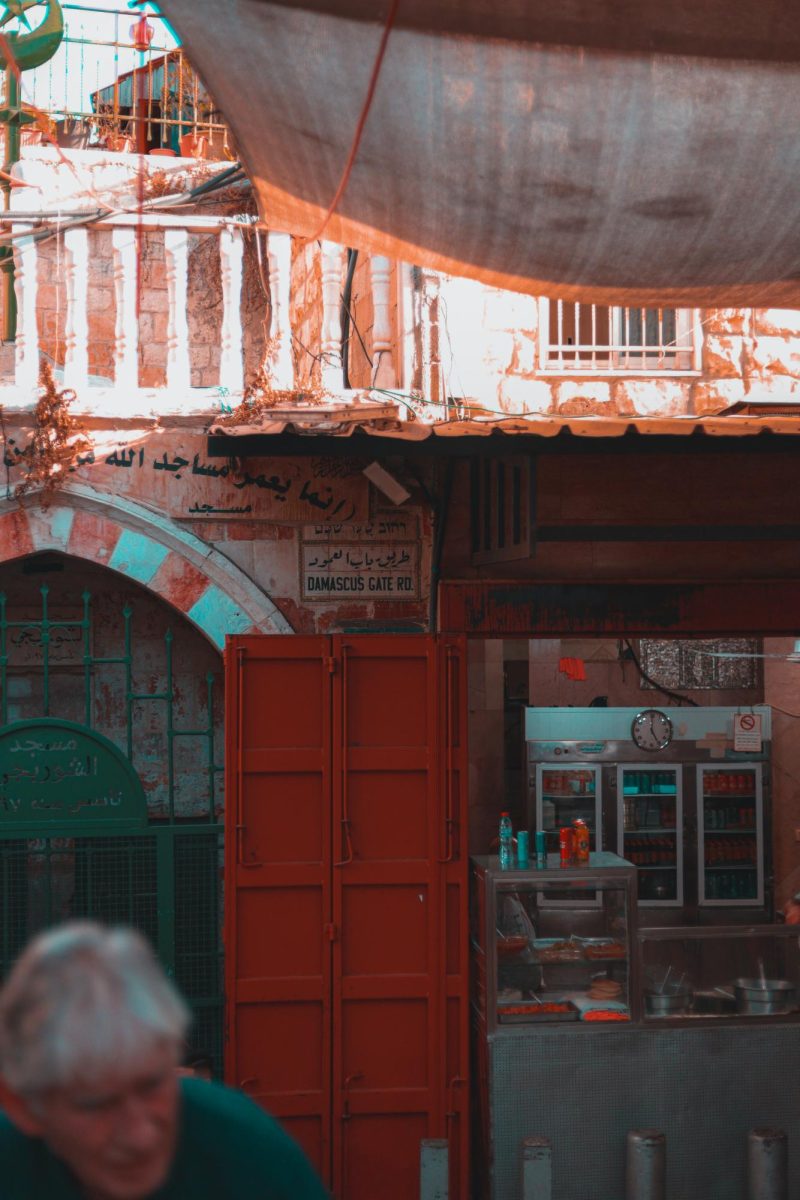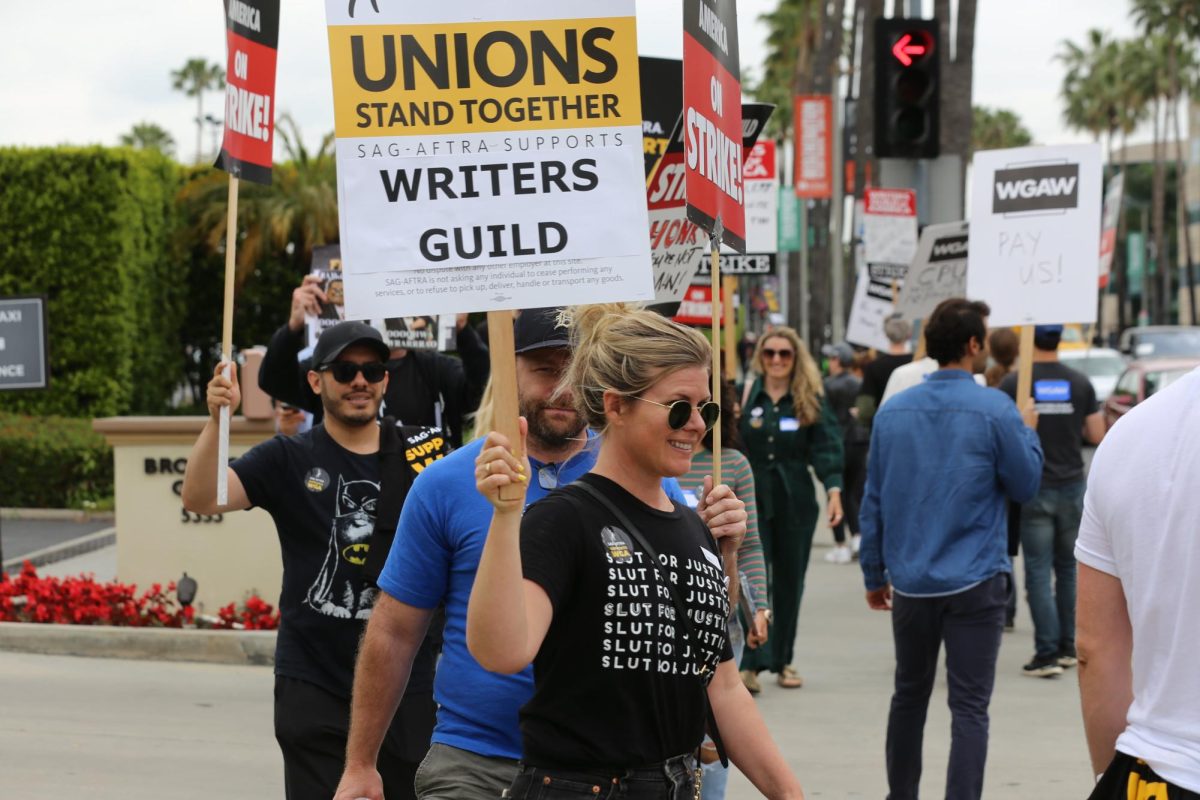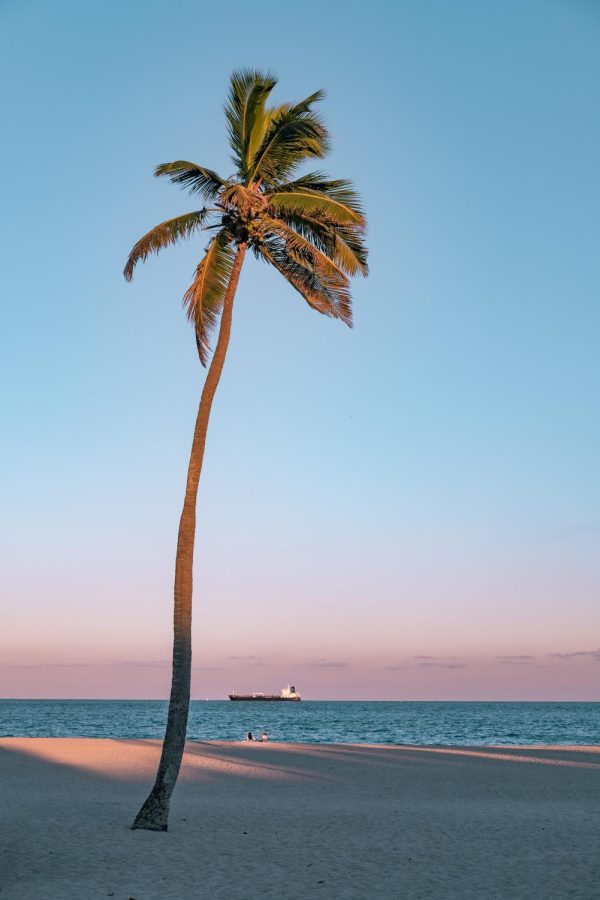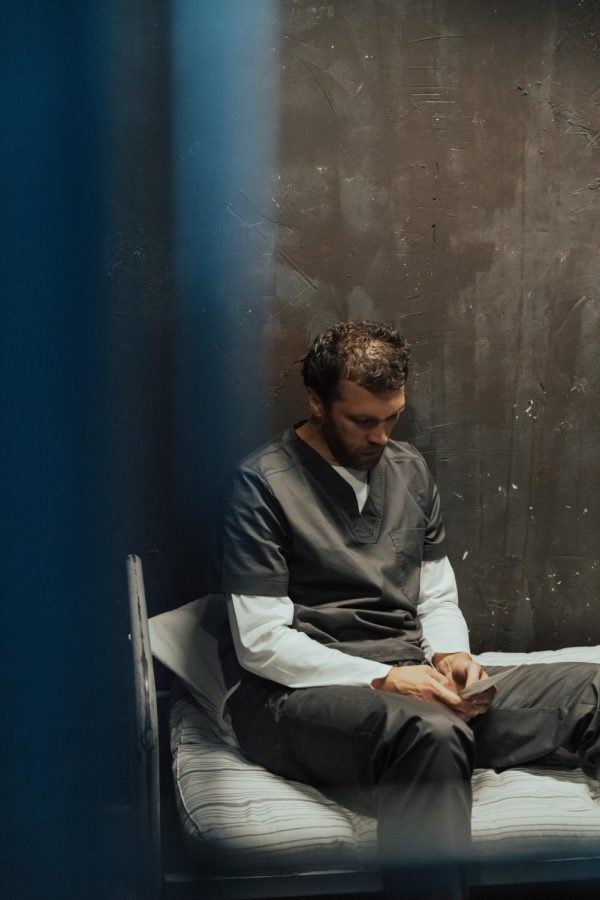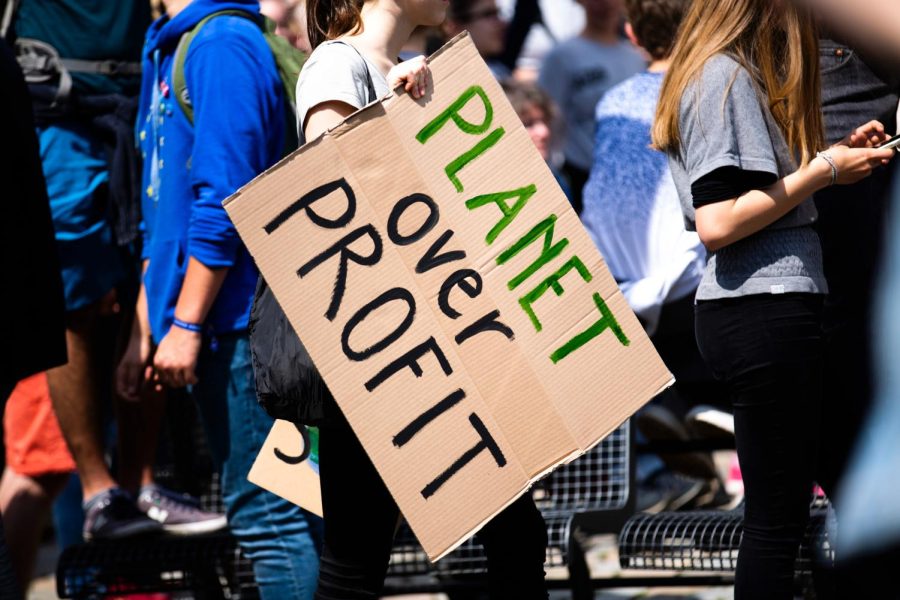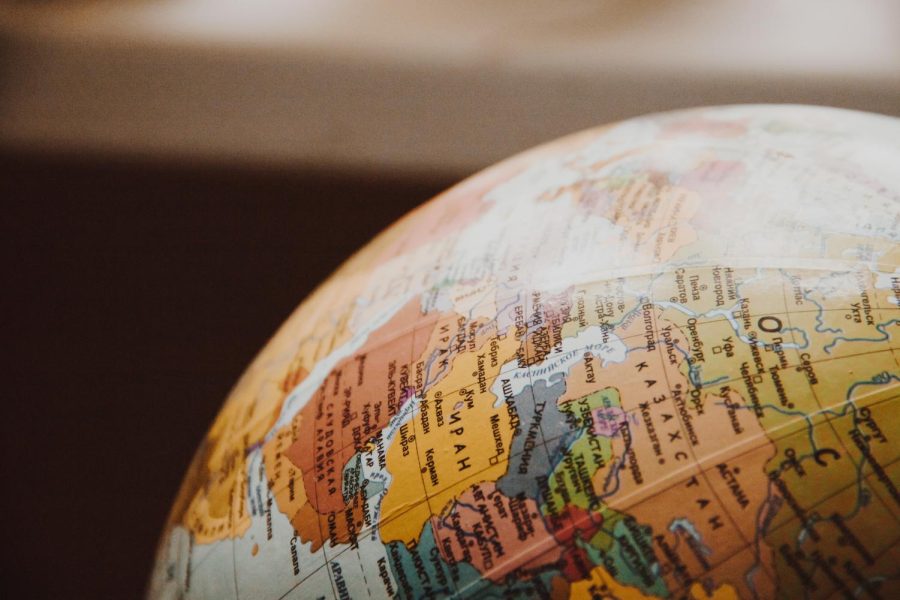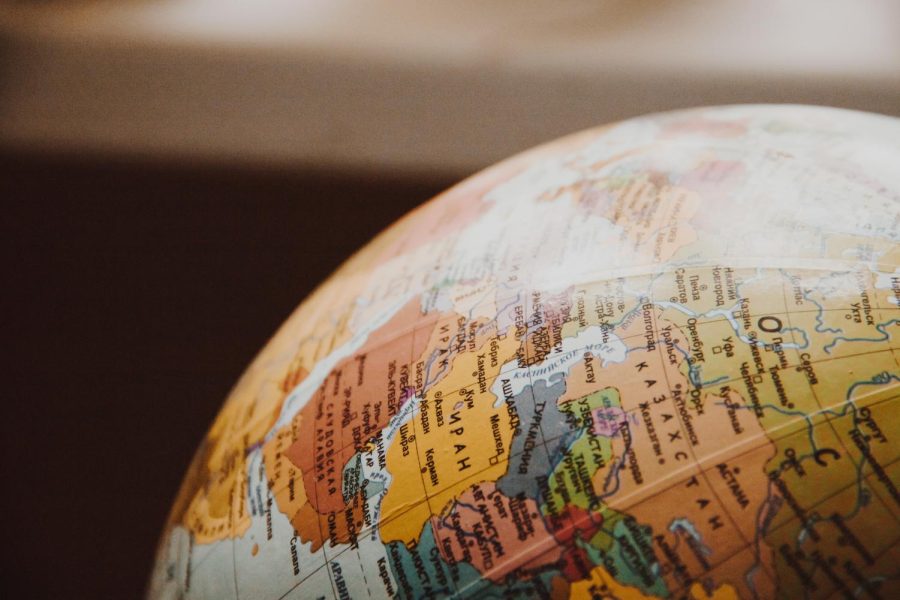On September 26, Armenian officials said 19,000 people were forcibly displaced from the region of Nagorno-Karabakh under the control of Azerbaijan. These refugees have been fleeing to the neighboring country after Azerbaijan wanted to occupy the area fully. The Prime Minister of Armenia, Nikol Pashinyan, stated that the ethnic Armenians from the area were facing “ethnic cleansing” unless there was assistance sent from other countries.
This conflict has been on and off since both countries’ independence from the Soviet Union in the 1980s. Armenia and Azerbaijan both joined the Soviet Union in 1920. When both of these countries declared their independence after the fall of the union, the region of Nagorno-Karabakh voted to become part of Armenia. Azerbaijan adamantly suppressed the movement while Armenia was in full support.
The countries erupted into war after their independence from Moscow, lasting from 1992 to 1994. Both countries committed massacres along with ethnic cleansing, and the destruction of the town of Khojaly in the Nagorno region by Armenian forces. Azerbaijan claims 600 people were killed while Armenia does not give a number.
The first war ended in 1994 with a ceasefire with Armenia gaining control of the region, but Azerbaijan keeping it as a part of their territory. The region was governed by a separatist community of ethnic Armenians and was behind the Armenian government. Nagorno-Karabakh lies in between the South Caucasus area and the Black Sea as well as the Caspian Sea. The only road that connects the area to Armenia is the Lachin Corridor.
In December 2022, Azerbaijan set up a blockade of the region. The only way for the people of the area to get supplies was through the Lachin Corridor which was sent by the Armenian government. Azerbaijan accused Armenia of sending military supplies and argued that their capital city of Baku offered supplies to the people but they refused.
In September of this year, a ceasefire was announced that was arranged by Russia, and Armenian forces were disbanded. The government of Nagorno Karabakh announced the number of displaced Azerbaijanis traveling to Armenia was reaching 68,000. After one week of the ceasefire, 120,000 fled the territory. The government also announced it was being dissolved to be governed by Azerbaijan. The enclave is set to be fully part of Azerbaijan in early 2024.
The ethnic Armenians fully ran the previous government of the enclave in the area and were subtle allies with Russia. When the government is set to be part of Azerbaijan, the Russian influence in the area will diminish causing a weakness for the Armenian government as they are trying to align themselves with the Western nations and separating themselves from the countries around them. Azerbaijan declined the thought that this was ethnic cleansing, claiming that they wanted to integrate their people into the population.
Noubar Afeyan, the co-founder and chairman of the Moderna Company as well as co-founder of Aurora Humanitarian Initiative with Ruben Vardanyan appeared in an interview on CNN and addressed the current conflict. Afeyan said that there was no possible way to fully achieve lasting peace between the two countries. Azerbaijan arrested Ruben Vardanyan on September 26, as he tried to cross into Armenia. Vandanyan is one of the most successful and famous citizens of Armenia, he has worked on dozens of humanitarian efforts with Afeyan as well as formally being involved in the Nagorno-Karabakh government. Along with Vandanyan, seven other former Karabakh leaders have been arrested and are currently facing show trials. Refugees from the Nagorno-Karabakh area are still crossing into Armenia, showing no signs of peace between either nation.

